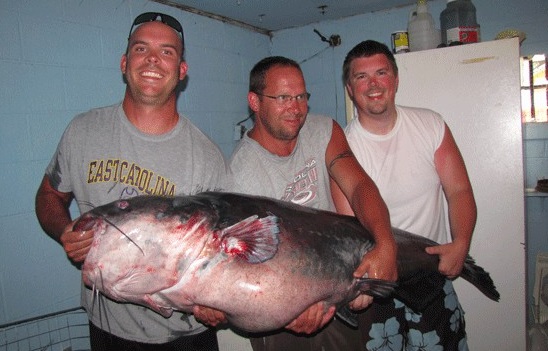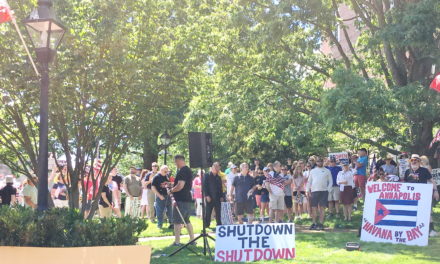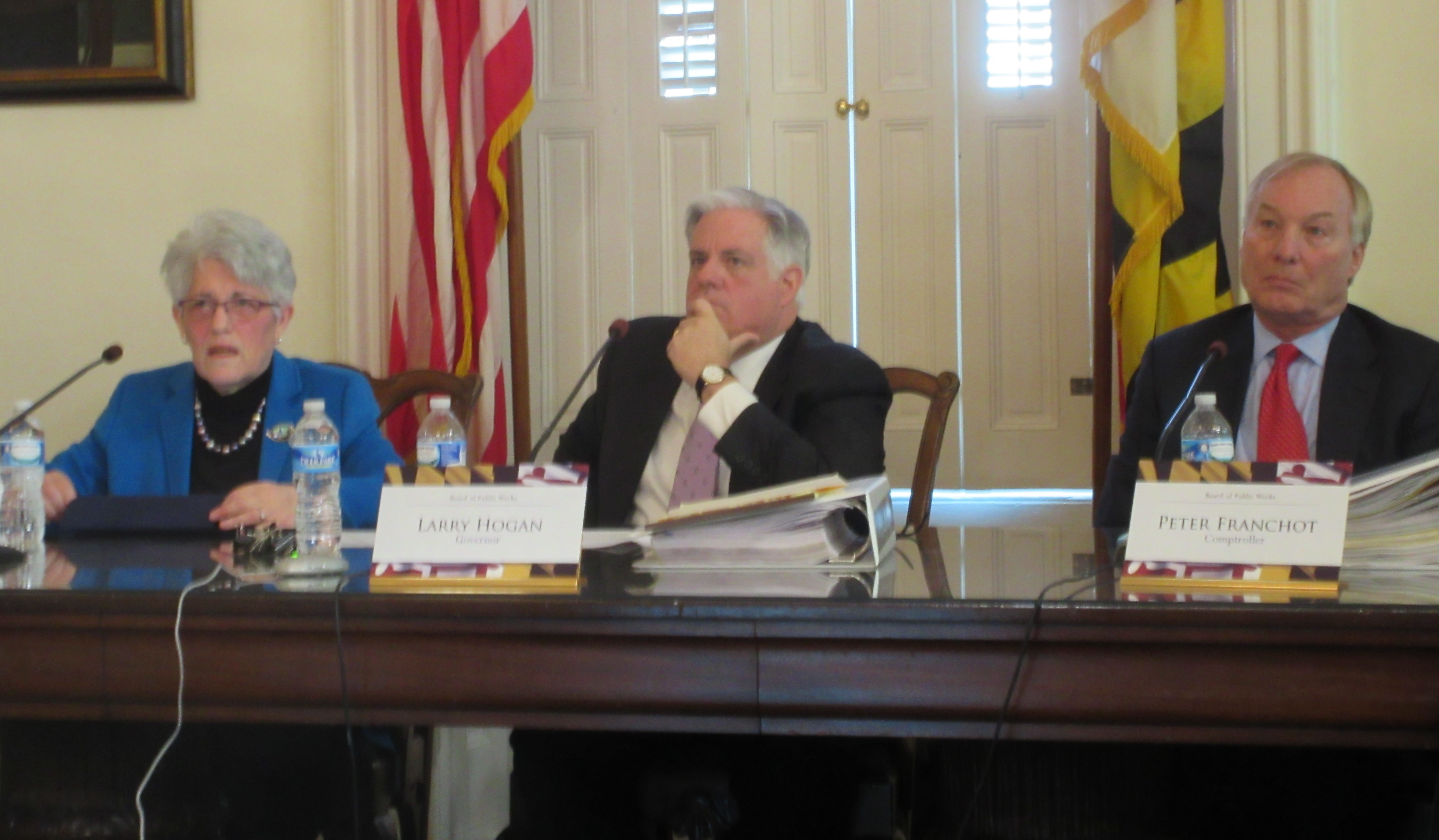By Dana Amihere
dana@marylandreporter.com
 Although Maryland’s retail gas prices were lower than the national average in 2011, consumers are still getting hit at the pump — for paying with plastic rather than cash.
Although Maryland’s retail gas prices were lower than the national average in 2011, consumers are still getting hit at the pump — for paying with plastic rather than cash.
A growing practice is to offer cash and credit card prices to combat increasing numbers of credit card users, rising gas prices and high “swipe fees,” transaction fees set by credit card networks for banks.
Although credit card prices may differ as much as 5 cents from cash prices, gas merchants are “within the law,” said Joe Shapiro, a spokesman with the comptroller’s office, which regulates gas stations.
“The legal requirement is to advertise the lowest price for regular gas,” Shapiro said. He said the comptroller’s office has not received many complaints about the practice.
Some consumers, however, say they feel deceived.
Consumers feel deceived
Eli Bergman, 18, of Rockville, Md. said, “I feel like the (gas merchants) are tricking me. The signs are misleading. I’ve driven up to the pump thinking I was paying one price and ended up paying significantly more.”
Gas retailers, though, say that they’re put in a tough situation.
“In our business I think the unfortunate thing is that you have to put the price out for everybody in the world to see on the street, all your competitors see it, all the consumers see it. So when they see a lower price, their first reaction is I want that price,” said Peter Horrigan, president of the Mid-Atlantic Petroleum Distributors’ Association, which represents about three-quarters of the state’s 2,000 independent gas marketers.
While there has been some deception, Horrigan said, such as only offering the lower price for a special club credit card without proper signage before consumers get to the pump, “overall I think it gives consumers a choice to fill up for less and gas retailers a chance to recoup lost income.”
More credit cards, less profits
“It used to be that about 60% of sales were credit card (transactions),” Horrigan said. “Now about 85% of purchases are on a credit card because consumers don’t have enough cash in their pockets to pay the cost of a fill-up.”
All those transactions add up. Two cents on every dollar per gallon pumped at even $3 per gallon is 6 cents the retailer is paying in swipe fees, up to half of a station owner’s profit per gallon in a “very good” market, Horrigan said. In some cases, swipe fees are as high as 3 cents a gallon.
“When you look at the fact gas was close to $4 a gallon, you can see that the dealer’s profit margin is very, very small.”
According to an April report by the National Association of Convenience Stores, convenience stores sell over 80% of U.S. motor fuels amounting to $486 billion in fuel sales in 2011. The industry paid $11 billion in debit and credit card swipe fees, up 23% from 2010.
“Card fees exceeded industry profits for the sixth straight year and were 87% higher than store profits,” the report said.
While global crude oil prices accounted for about 68% of motor fuel price per gallon in 2011, 9% was distribution, marketing costs and profits, including swipe fees, said the U.S. Energy Information Administration. Swipe fees, nevertheless, are the second-highest operating expense for convenience stores, only topped by the costs of labor.
Banks argue that the swipe fees are a cost of doing business that provides a convenience to the retailers.





“Two cents on every dollar” is an example that refers to “two percent of the price.” If a person is buying 10 gallons of gas at $3 a gallon, then the total cost is $30 for the gas, and the merchant is paying 20 cents for the 10 gallon purchase. It’s two percent of the entire cost that’s making up the “swipe fees”, regardless of how many gallons are bought or how expensive the purchase is. Saying “Two cents on every dollar” is to simplify it for people to better understand it better than saying how much it costs (in “swipe fees”) for a total fill-up purchase of, say, $34.67 cents or a purchase of $19.32.
“Two cents on every dollar per gallon pumped at even $3 per gallon is 6 cents the retailer is paying in swipe fees” I know I’m missing something but you only swipe your card once to buy gas not for every gallon you purchase. If that were the case restaurants would charge a swipe fee for every item you select.
Read more: http://marylandreporter.com/2012/06/25/gas-retailers-say-swipe-fees-fuel-higher-prices-siphon-their-profits/#ixzz2AJXX4wW4
Under Creative Commons License: Attribution
David, the facts don’t back up your position about taxes. Gas taxes are only on part of the equation. The others include accessability, cost of delivery and demand. Wyoming’s gas tax is less than SC’s yet it has one of the more expensive retail gas costs. And Wyoming is a decent oil production state (but not a refining area). New Jersey’s tax is lower but the cost is higher (likely because of their stupid no self-serve law and ironically, that is in spite of having ton’s of refineries in the area). Alaska has the lowest gas tax but is second highest to Hawaii in cost (transportation from refineries). Pennsylvania’s gas tax is almost nine cents higher than Maryland, but at the pump the Pa. average is only 2 tenths of a cent higher than Maryland. And even with the higher gas tax, Pa. roads are consistently rated among the worst deigned and maintained in the country, so those folks are surely NOT getting what they are paying for.
I have nothing against charging different cash and credit prices, but if they do so, the signs visible from the street should have to show BOTH prices so the driver can compare before going into the station.
Your summation is correct but you can’t compare Hawaii and Alaska with the lower 48 due to transportation costs. Regular unleaded at Sam’s Club in Charleston this morning $2.88.
The credit card providers should not allow merchants to charge higher prices for use of a credit card. To do so defeats the purpose of the card. But this comes about because the providers charge too much for offering the cards!
No it doesn’t. The purpose of credit cards isn’t to lower the price of an item being bought. The purpose of using a credit card is to enable the user to pay for an item he/she want when they might not have enough cash on them to pay for the item. The purpose is convenience (it’s a loan), not price reduction.
Gas here in sunny South Carolina is now about 2.94 a gallon as of 6/26. Lower taxes is the reason. Swipe fees are a cost of doing business. If there were no swipe fees, would they lower their prices? I doubt it!